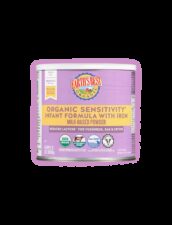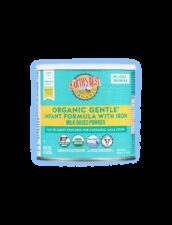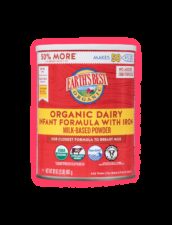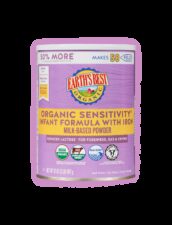

Kate Geagan, M.S., R.D.N.
Dietitian and sustainable nutrition pioneer
With a wide selection of formulas on the market, how do you decide on the best option for your baby? We break down the different types of formulas in this article.
Infant formula was created as an alternative to breast milk and aims to closely mimic breast milk – which is considered to be the “gold standard” for infant nutrition for the first 12 months of life. Infant formula must meet strict infant feeding regulations for calories, macronutrient content, and essential vitamins and minerals.


From a nutritional standpoint formulas are a suitable replacement when breastfeeding is not an option for you and your baby.
Although the infant formulas of today cannot provide the immunologic benefits of breast milk such as mother’s antibodies, anti-microbial compounds and white blood cells, from a nutritional standpoint they are a suitable replacement when breastfeeding is not an option for you and your baby.
There are 3 main types of formula:
Milk-based formulas
Soy-based formulas
“Special needs” formulas
Reduced lactose sensitive formulas for fussiness and gas which contain less lactose as compared to standard milk-based formula*
*95% less lactose as compared to standard milk-based formulas.
The infant formulas currently available in the United States are either “iron-fortified” or “low iron”. The American Academy of Pediatrics (AAP) recommends that formula-fed infants receive an iron-fortified formula to reduce the potential risk of iron-deficiency anemia. Earth’s Best Organic® infant formulas with iron are fortified at 12 mg per 1 Liter or 1.8 mg per 150 mL serving which contains 100 calories.
Our formulas provide your little ones with the nourishment they need to grow and with quality ingredients that are just right for tiny tummies.
Last modified: November 13, 2019








